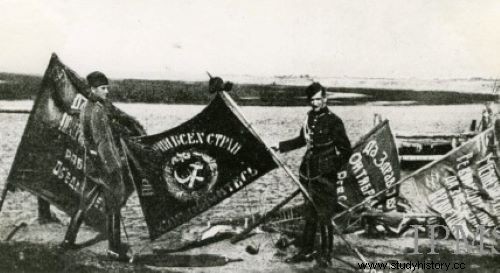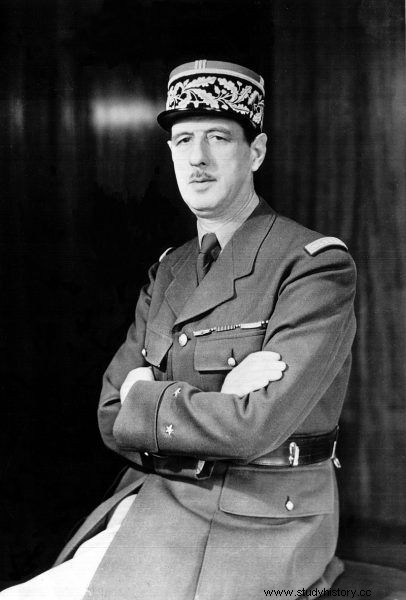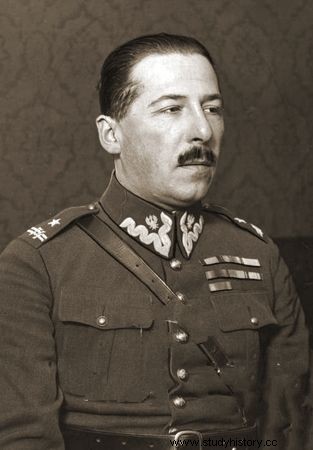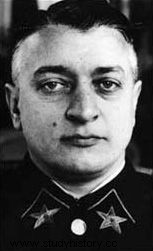The Battle of Warsaw was recognized by Edgar Vincent D'Abernon as the 18th landmark battle in the history of the world. The victory over the Red Army not only defended Polish independence, but also stopped the spread of the Bolshevik revolution throughout Europe. Here are 5 tidbits related to it that you might not have known.
5. The appearance and equipment of the soldiers mattered!
During the long war, serious shortages in the equipment of the Polish army could be noticed. In March 1920, the Catholic Union of Polish Women wrote a letter to the Archbishop of Warsaw, Aleksander Kakowski, in which he offered to help in making underwear for soldiers:
First of all, the army lacks underwear. The Catholic Union of Polish Women, wanting to contribute to the rescue operation in this direction, decided in its sewing room to start sewing underwear for the army from the linen donated for this purpose . Warsaw, which often provided underwear for Lviv and Vilnius, for the army and for local hospitals, at the current prices of linen, will not be able to dress the Soldier without the help of the village, where the domestic weaving industry can easily prevent the shortage. Therefore, we appeal to our most venerable Shepherds, and in particular to Your Excellency, with a warm and humble request that he would be kind enough to order a general collection of linen in the villages and cities of his diocese for the Polish soldier.

Was the victory in the Polish-Bolshevik war decided by ... a miracle? More like a strategy, code breaking and the courage of soldiers.
The Bolsheviks never took people into account. Red Army soldiers walked barefoot, in worn clothes, and wore rifles on strings . This image was used by Prime Minister Wincenty Witos in his appeal to Polish soldiers on August 6, 1920, in which he encouraged Poles to fight:
Do not be discouraged by temporary shortages. You know yourself that Bolshevik soldiers fight without shoes, in rags, without underwear. You have neither ammunition nor weapons. The government will provide you with clothes and shoes.
During the war, even such basic things influenced the morale of soldiers!
4. Charles de Gaulle in the Battle of Warsaw!
The French also found themselves on the Polish side of the Polish-Soviet war. The French authorities sent officers to Poland as instructors, including nine generals, twenty-nine colonels, sixty-three majors, nearly two hundred captains and over four hundred lieutenants. One of them was Captain Charles de Gaulle - later founder of the Committee of Free France and president from 1959.

Charles de Gaulle was 30 years old during the Polish-Bolshevik war
He came to Poland in the ranks of General Haller's Blue Army . Initially, he served in Kutno as an instructor of the French military mission, then he was an instructor at the former Imperial Guard school in Rembertów near Warsaw, where he taught tactics theory. In July and August 1920, he fought in the ranks of the Polish division and was promoted to the rank of major. He was awarded the Silver Cross of the Order of Virtuti Militari for his participation in military operations this summer .
3. Sam Sandi - a black soldier in the fight against the Bolsheviks
Sandi himself was a black soldier in the ranks of the Greater Poland Army during the Greater Poland Uprising, but he also fought against the Bolsheviks! We know rather little about him - he was probably an assistant or adjutant, he was food supplies, he was also a driver.
He aroused the widespread sympathy of soldiers, Poles even wrote a soldier's song in his honor, in which they emphasized the whiteness of his teeth gleaming at night in a smile - it is said that at night he was even tearing up at the enemy. There is an anecdote - it is difficult to say whether it is true - that it was his presence in the army that inspired Polish soldiers to smear their faces with soot in the battle of Borkowo.
2. Lieutenant Kowalewski - forgotten cryptologist
A year before the battle, Polish cryptologists managed to break the codes of the Red Army . The greatest contribution to this was due to the forgotten lieutenant Jan Kowalewski, who worked in Polish intelligence since 1919. He did it together with a group of mathematicians from the University of Lviv and Warsaw:Stanisław Leśniewski, Stefan Mazurkiewicz and Wacław Sierpiński. Thanks to this, our general staff knew exactly in which direction the army of General Mikhail Tukhachevsky was moving - which undoubtedly facilitated the counterattack on August 16. It determined the Polish victory.

Jan Kowalewski - he broke the Soviet codes
In 1921, Kowalewski was awarded the Virtuti Militari Silver Cross by Piłsudski, but then history forgot about his contribution to these events.
1. The mysterious map holder
Major Wacław Drohojowski - commander of the Volunteer Regiment. Stefan Batory died on August 13 near Brześć. On his body, the Bolsheviks found, among others Map book with operational plans for counterattack from the Wieprz River . Gen. Mikhail Tukhachevsky, after long discussions with the staff, decided that the materials were part of the Red Army's plan to deceive the Red Army and were false. The Russians assumed that this was to force them to cover the left wing of the strike group. According to them, this was to prevent the attack on Warsaw. The intercepted information was never used and could change the fate of the battle ... to our disadvantage.

Mikhail Tukhachevsky could have won the battle!
